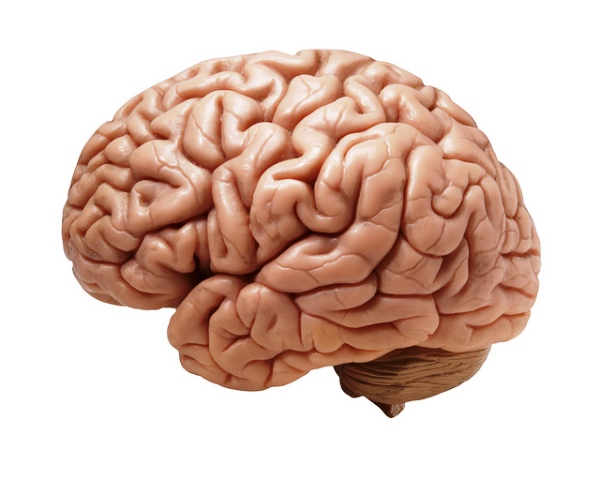Study Finds Brain Area Associated with Triggering Negative Thoughts and Attitude

Researchers have identified a tiny part of the brain that can make people feel depressed and pessimistic.
British experts from the University College London found 'habenula', a brain region associated with pain processing, reproductive behavior, learning and circadian cycles, is also related to learning from bad experiences. Overstimulation of the habenula triggers negative emotions, depression and pessimism in life.
The researchers used brain imaging scans of 23 healthy female participants as they watched random images and received painful electric shocks simultaneously when the screen flashed certain pictures. Each time the subjects looked at shock-associated images, their habenula became more active. This area, sized smaller than a pea, had heightened responses when the participants anticipated electric shocks.
"In this study we showed that the habenula doesn't just express whether something leads to negative events or not; it signals quite how much bad outcomes are expected," said Jonathan Roiser, study author and researcher at the University College London, reports the Daily Mail.
Depression affects nearly one in every 10 Americans and over 80 percent of people having symptoms of clinical depression do not receive treatment. According to data by a U.S. based website Healthline, undiagnosed depression accounts for an annual expenditure of millions of dollars.
The findings of the current study will help in treating patients with chronic depression and anxiety and those who do not respond to common anti-depressant medications.
"Other work shows that ketamine, which has profound and immediate benefits in patients who failed to respond to standard antidepressant medication, specifically dampens down habenula activity. Therefore, understanding the habenula could help us to develop better treatments for treatment-resistant depression," said Roiser.
More information is available online in the journal Proceedings of National Academy of Sciences.
Jul 31, 2014 04:06 AM EDT





